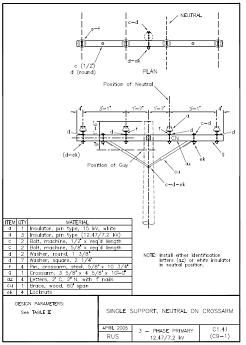3-wire 2-phase: The two phases are tied at the end-points of their windings. Used to reduce the amount of copper needed, but the common current was 1.41 times the phase currents (for balanced loads, otherwise the sqrt of the sum of the squares for the general case) and you had to allow for the higher voltage drop. It was more commonly used where motor loads were predominant. Can be viewed as two single-phase two-wire circuits sharing a common conductor.
4-wire 2-phase: The two phases are independent of each other (two single-phase two-wire circuits).
5-wire 2-phase: Two phases are tied at the mid-point of their windings (common configuration), or you could center-tap both windings on the 3-wire configuration. Used for the versatility of having higher and lower voltages available as well as being able to supply 2-wire and 3-wire single-phase loads. Can be viewed as two single-phase three-wire circuits sharing a common conductor.



